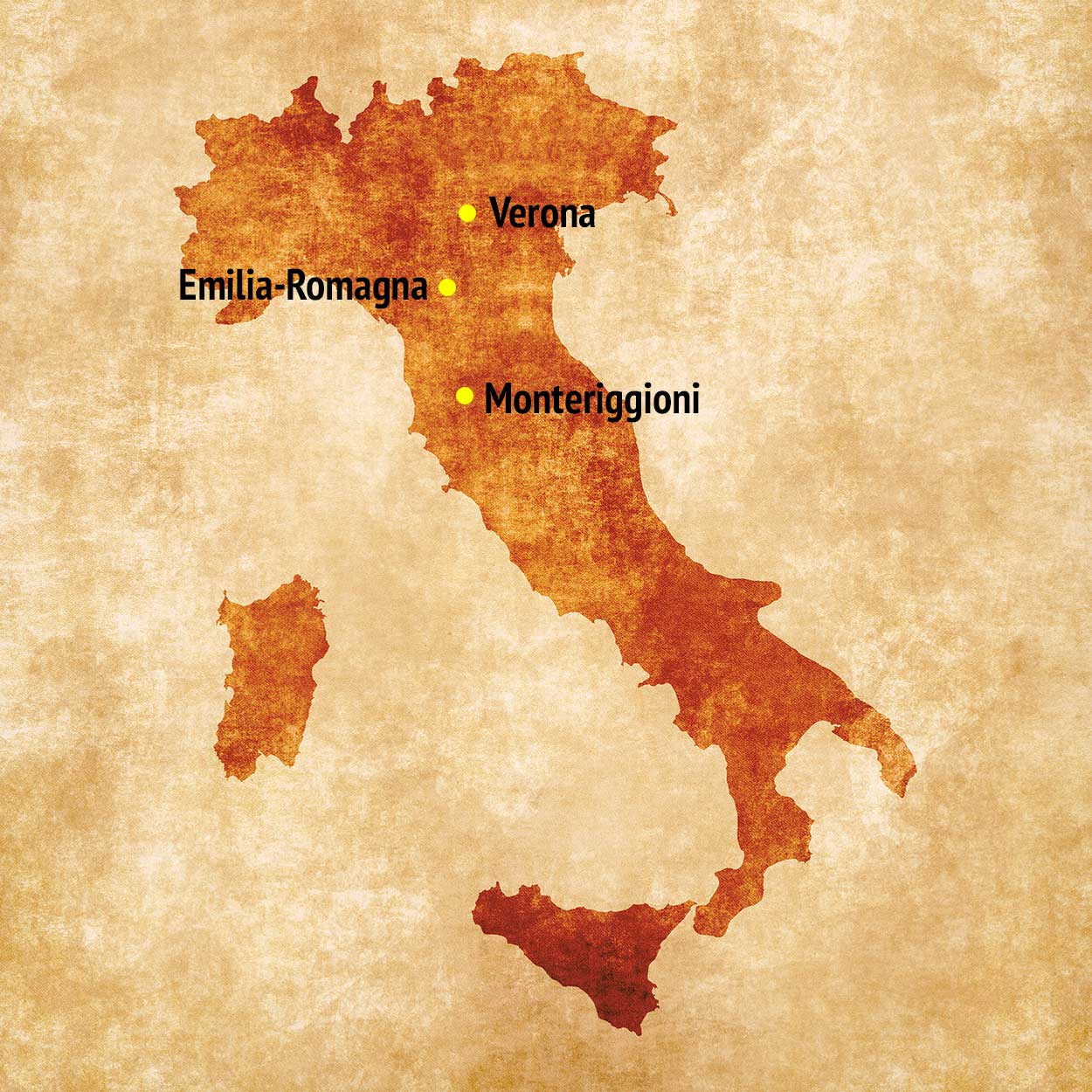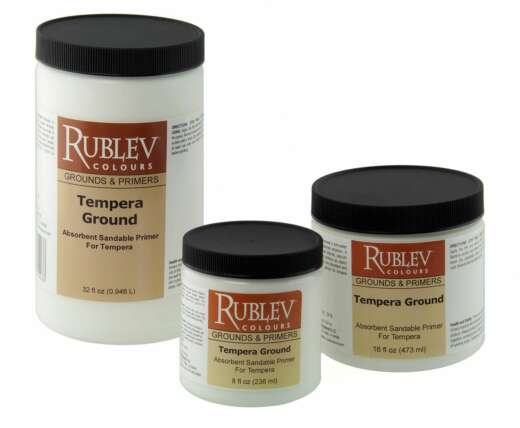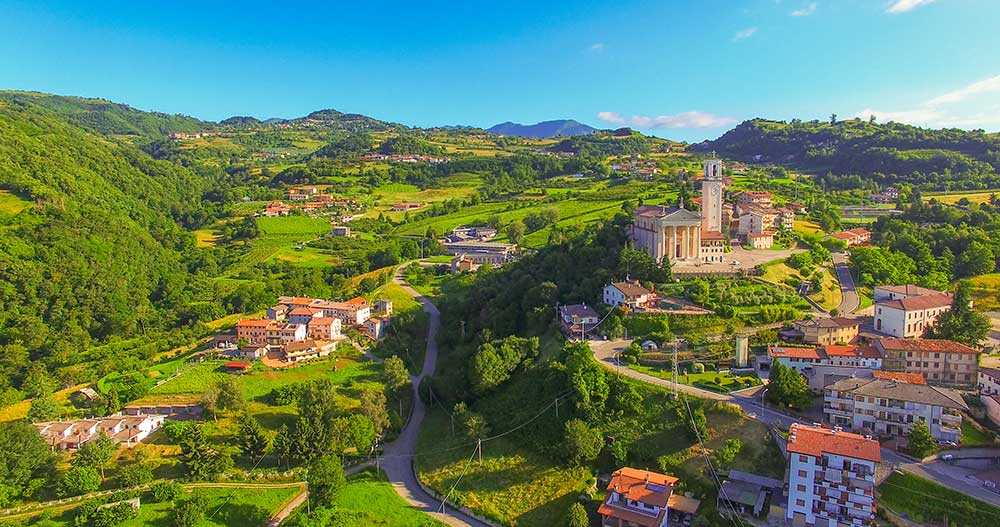
Italy is a land of painters and popes, pasta and polenta, and medieval castles and alpine mountains. Most importantly, it is the land of romance. Italy is also a land rich in minerals from which many different colored pigments have historically been used in some of the world’s most important works of art.
In this part of our series on Italian Earth PIgments, we discuss the following pigments:
- Italian Green Umber (umber)
- Verona Green Earth (green earth)
- Italian Yellow Earth (yellow ocher)
- Ercolano Red (red ocher)
- Italian Burnt Umber Warm (umber)
- Italian Raw Sienna (sienna)

Earth pigments discussed in this article from various locations in northern Italy
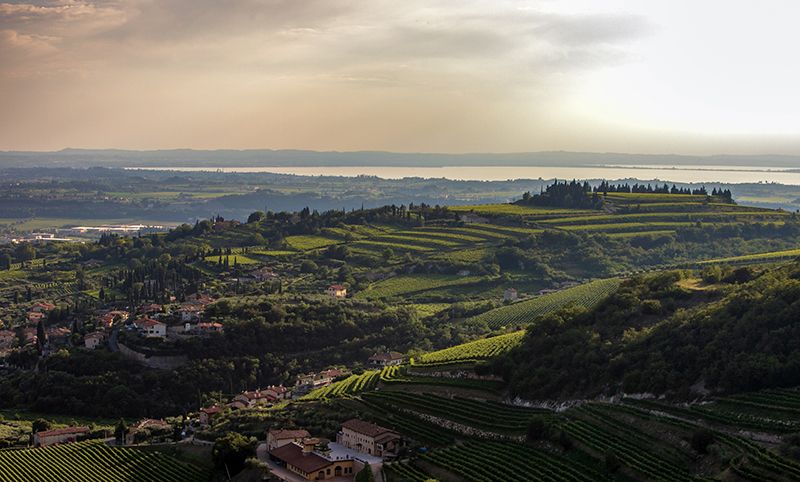
Location of Italian Green Umber in the Verona Province, Veneto, Italy
Italian Green Raw Umber
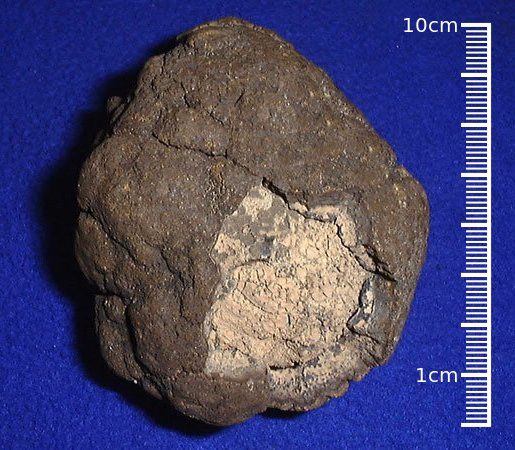 Our Italian Green Raw Umber is a fine, greenish-brown powdered pigment from Italy. Umbers are mineral pigments that can be used in all mediums, such as tempera, oil, and watercolor, and are obtained from natural earths colored by iron and manganese oxides.
Our Italian Green Raw Umber is a fine, greenish-brown powdered pigment from Italy. Umbers are mineral pigments that can be used in all mediums, such as tempera, oil, and watercolor, and are obtained from natural earths colored by iron and manganese oxides.
The name ‘umber’ comes from terra d’ombra, or earth of Umbria, the Italian name of the pigment. Umbria is a mountainous region in central Italy where the pigment may have been originally extracted. The word may also be related to the Latin ombra, meaning “shadow.”
Umber is not a specific color but a range of browns, from light to dark and from yellowish to reddish to greenish-gray. The color of the natural earth depends upon the amount of iron oxide and manganese in the clay. Umber earth pigments contain five to twenty percent manganese oxide, accounting for their darker color than yellow ocher or sienna.
Our Italian green raw umber comes from deposits in the province of Verona in the Veneto region of Italy. The source of this earth is at Monte Purga di Bolca in Verona, lying between the cities of Verona and Vicenza. The name purga is the name locally given to a landform with a distinctly conical shape. Monte Purga is a volcanic neck that forms a characteristic conical shape. The mountain consists mainly of basalt and limestone rocks, rich in silicate, iron, manganese, and calcite minerals. The earth varies in color from greenish-brown to dark brown.
| Pigment Form | Where to Find |
| Dry Powder Pigment | |
| Aqueous Pigment Dispersion | |
| Oil Color | |
| Watercolor |
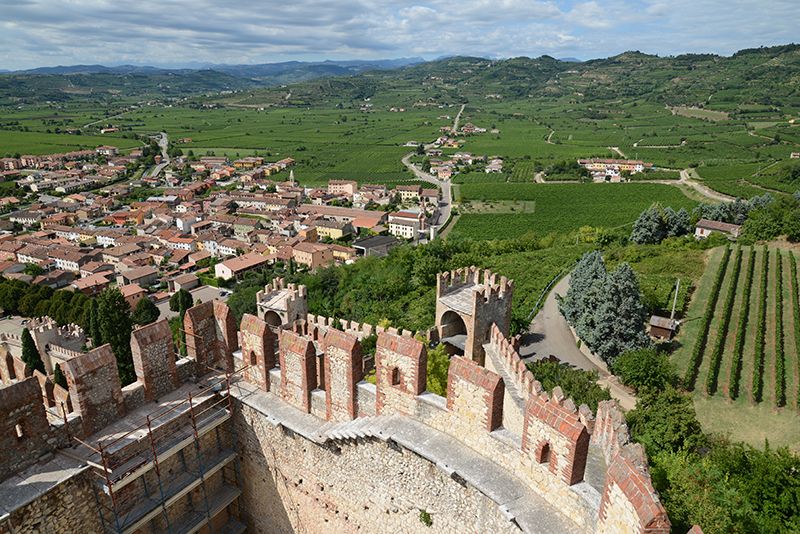
Verona Green Earth from the Verona Province, Veneto, Italy
Verona Green Earth
Verona Green Earth is the natural mineral celadonite, a greenish phyllosilicate mineral of potassium, iron, aluminum, and numerous trace elements. The color of celadonite varies considerably from pale green, bright green, bluish-green, olive-green, and black-green, depending upon its constituent elements. Our Verona green earth is from deposits in northern Italy near the famous sources of Veronese green earth.
The deposits of green earth originate on Monte Baldo, a mountain range in the Italian Alps, located in the provinces of Trento and Verona. Its ridge spans mainly northeast-southwest and is bounded from the south by the highland ending at Caprino Veronese, from the west by Lake Garda, from the north by the valley joining Rovereto to Nago-Torbole and, from the east, the Val d’Adige.
With its characteristic greenish color, the outcrops of basalts and tuff are found at the foot of Monte Noroni, near the hamlet of Santa Cristina. A small quarry on Monte Noroni is where we extract the natural green pigment known as Verona green earth or Verona terre verte. The hamlet of Santa Cristina, due to its proximity to the village of Prun, is sometimes called Santa Cristina di Prun or simply Prun.
| Pigment Form | Where to Find |
| Dry Powder Pigment | |
| Aqueous Pigment Dispersion | |
| Oil Color | |
| Watercolor |
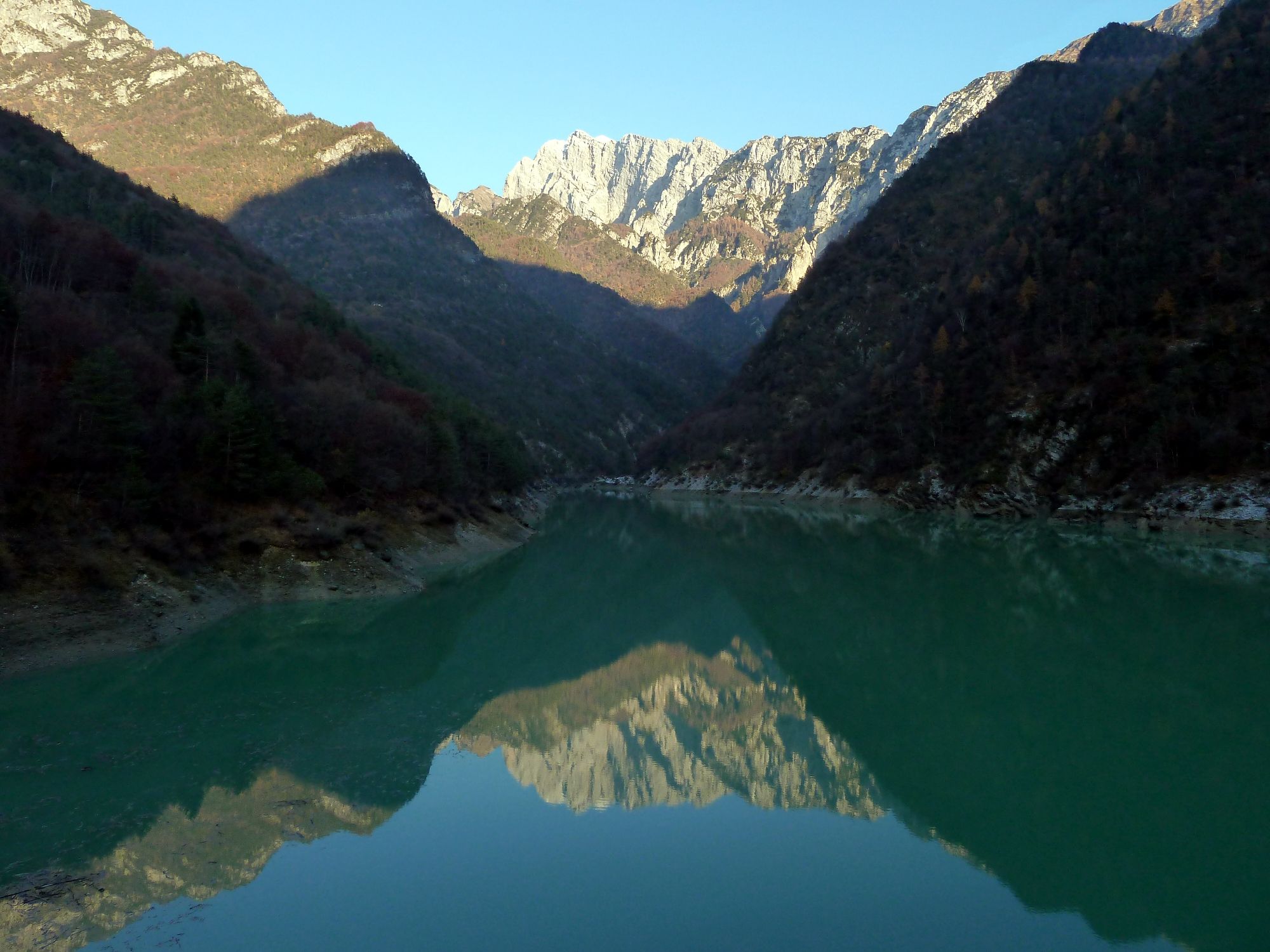
Location of Italian Yellow Earth in the Val Gallina, Verona Province, Veneto, Italy
Italian Yellow Earth
Italian Yellow Earth is a natural iron oxide hydroxide mineral known as goethite from quarries in northern Italy. Goethite is often found in mixtures of limonite or weathered deposits of pyrites. It is yellow earth from the hilly areas of Verona that are washed, purified, and then ground with a hammer mill.
The pigment is derived from the abandoned quarries of the limestone hills along the left side of the Val Gallina (or Vaio Galina) valley, drained by the Progno Galina river. The area contains pyrite in large golden nodules, sometimes deeply altered to brown limonite, in marly-calcareous levels. Calcite also appears in this area as druses of crystals in the limestone fissures.
| Pigment Form | Where to Find |
| Dry Powder Pigment | |
| Aqueous Pigment Dispersion | |
| Oil Color | |
| Watercolor |

Location of Ercolano Red near San Giovanni Ilarione, Verona Province, Veneto, Italy
Ercolano Red
Ercolano Red is a ground natural red earth composed of hematite (iron oxide) and gypsum (calcium sulfate) minerals. Hematite is the leading mineral imparting color to the red earth.
This pigment comes from a small basalt quarry, officially named Cattignano Quarry and improperly known among mineral collectors as Bagattei or also as “Contrada Bagattei” quarry, located on the right side of Rio Castelvero, to the northeast of the hamlet of Cattignano, in the municipal territory of San Giovanni Ilarione, Verona Province, Veneto, Italy. Extensive outcrops of red earth are found at San Giovanni Ilarione in the Viali or Viale locality and are associated with basalts. The hematite is associated with crystalline clay minerals mainly represented by montmorillonite and, subordinately, kaolinite.
San Giovanni Ilarione is a comune (municipality) in the Province of Verona in the Italian region Veneto, located about 90 kilometers (56 miles) west of Venice and about 20 kilometers (12 miles) northeast of Verona.
| Pigment Form | Where to Find |
| Dry Powder Pigment | |
| Aqueous Pigment Dispersion | |
| Oil Color | |
| Watercolor |
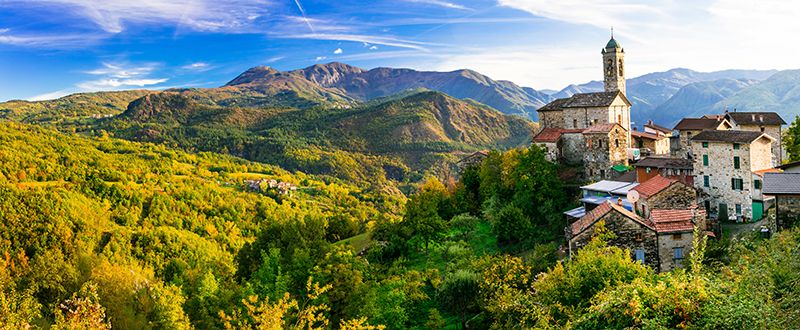
Location of Italian Burnt Umber Warm near the municipality Castel di Casio, near the city of Bologna, in the Emilia-Romagna region of Italy
Italian Burnt Umber Warm
Our Italian Burnt Umber Warm is derived from a natural mineral from northern Italy that is calcined in furnaces until reddish-brown. The pigment used in tempera, oil, and watercolor is obtained from natural clays colored by iron and manganese oxides.
Our Italian umber is obtained from abandoned quarries near the village of Lizzo, which belongs to the municipality Castel di Casio, near Bologna, in the Emilia-Romagna region of Italy. In this place, minerals are found in mine debris, and hard blocks of serpentinite remaining in the area.
| Pigment Form | Where to Find |
| Dry Powder Pigment | |
| Watercolor |
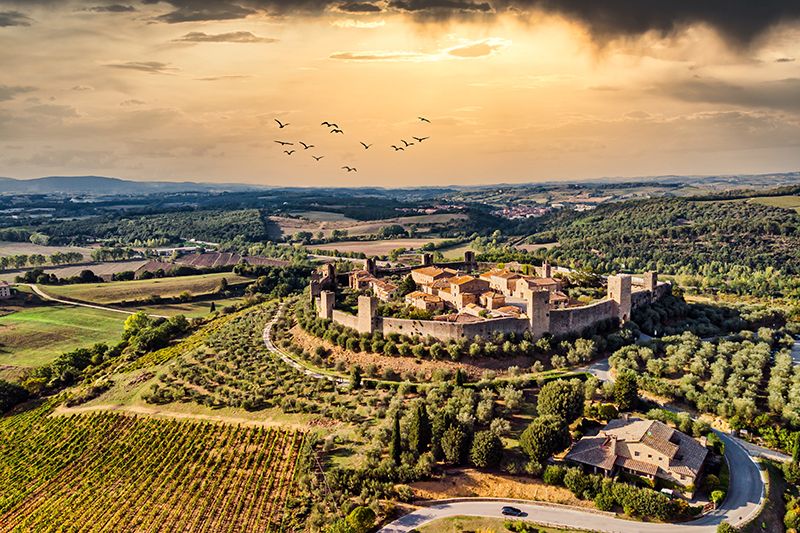
Italian Raw Sienna from Monteriggioni, Sienna Province, Tuscany, Italy
Italian Raw Sienna
Italian Raw Sienna is natural yellow-brown earth composed of several minerals, mostly goethite (iron oxide) and limonite (iron oxide), but also manganese-bearing minerals. The manganese content of these earth pigments distinguishes siennas from yellow ochers, giving raw siennas their characteristic greenish or dark brown color in burnt sienna.
Sienna is made from clay composed of iron oxide and manganese oxide, two minerals common in soil. In fact, Sienna gets its name from the Italian terra di Siena, meaning “earth of Siena.” Siena, a small city in the region of Italy known as Tuscany, was also used to manufacture pigment. Other names to which this pigment is referred are terra rossa (red earth) or terra gialla (yellow earth). In its natural state, it is yellowish-brown and is called raw sienna. The first recorded use of sienna as a color name in English was in 1760.
The clay soil of Tuscany near Monteriggioni is rich in limonite, a term used for unidentified hydroxides and oxides of iron, with no visible crystals and a yellow-brown streak. Limonite is commonly composed of the mineral goethite but can also consist of varying proportions of the minerals lepidocrocite, hisingerite, jarosite, maghemite, hematite, etc.
Manganese oxides-oxyhydroxides, typical of siennas, occur in acid-drainage areas around limonite deposits. For example, Benvenuti et al. (2000) observed pyrolusite [MnO2] and pyrochroite [Mn(OH)2] in weathered jig tailings and waste rock at a site in Tuscany, Italy.
| Pigment Form | Where to Find |
| Dry Powder Pigment | |
| Aqueous Pigment Dispersion | |
| Oil Color | |
| Watercolor |
References
Maerz and Paul (1930) A Dictionary of Color, New York: McGraw-Hill, 204; Color Sample of Sienna: Page 37 Plate 7 Color Sample E12.

